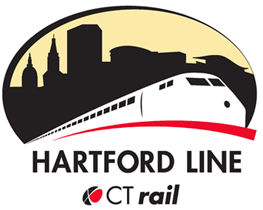Small Business Administration to Honor CT’s Leading Small Business Owners
/April M. Lukasik, President & CEO of Bright & Early Children’s Learning Centers, has been named the U.S. Small Business Administration’s 2018 Connecticut Small Business Person of the Year, SBA’s top award, Anne Hunt, SBA’s District Director, has announced.
“We are extremely excited to honor a truly amazing line up of small business owners and champions this year, said Anne Hunt, SBA’s Connecticut District Director. It is important to recognize these outstanding small businesses in the state as they are the job creators, innovators and the fabric of our local communities!” 
The slate of leading small business owners in Connecticut will be honored at the Annual Small Business Week Awards Luncheon at Anthony’s Ocean View in New Haven on May 3. National Small Business Week is obsered April 29-May 5.
Bright & Early Children’s Learning Centers have four locations in Connecticut. The business was founded in Middletown 2012 by Lukasik. The mission statement describes the Center as “a child care and early education solution in a nurturing and scholastic environment where dedicated teachers are awakening young minds when it matters most.” Old Saybrook, Branford locations followed, with West Hartford soon to open.
“We hope the small business community will join the SBA and our host, SCORE for an inspiring awards luncheon on May 3rd in New Haven,” Hunt added.
The 2018 Connecticut SBA Honorees are:
- Region 1 & Connecticut Manufacturer of the Year Brian Weinstein, CHAPCO, Chester
- Region 1 & Connecticut Family-Owned Small Business Charles Buck Jr., Buck’s Spumoni Company, Inc., Milford
- Exporter of the Year Dennis Nash, Control Station Inc., Manchester
- Woman-Owned Small Business Erin Emmons, Lucky Taco Cantina and Tap Room, Manchester
- Minority-Owned Small Business Marilyn Ortiz, Borinquen Bakery, New Britain
- Veteran Owned Business of the Year Nicholas W. Wright, Unlimited Fun LLC., Prospect
- Home-Based Business of the Year Linda Longboardi, ReGift the Wrap, LLC., Glastonbury
- Young Entrepreneur of the Year Alyssa DeMatteo, Wildflour Confections, Seymour
- CT Microenterprise Award Stefanie Toise, At Once LLC., Vernon
- Financial Services Champion Aaron M. Bohigan- Webster Bank, Hartford
Lukasik, founder of Bright & Early Children's Learning Centers, finds her roots in a family of entrepreneurs. Her grandmother owned and operated a nursing home that her parents later grew into a successful entity. She started off working in the family business, gathering experience and cultivating her passion of caring for others. After obtaining her Bachelors Degree in Marketing, she jumpstarted her entrepreneurial career, creating and operating multiple companies while gaining experience and insight into what it takes to build and grow a successful organization.
When her children were toddlers, she found herself searching for child care options that suited her needs and standards as a discerning parent… a safe, secure, nurturing, warm, home-like, educational, organized, and clean child care center. Not finding what she was looking for, she tapped into her entrepreneurial spirit to start her own child care center that met all of these standards.
 The Young Entreprenuer of the Year, Alyssa DeMatteo, is a 26 year old Seymour resident who quickly gained popularity in southern Connecticut's cake and cupcake scene when she launched Wildflour Cupcakes & Sweets as a Facebook page in 2013.
The Young Entreprenuer of the Year, Alyssa DeMatteo, is a 26 year old Seymour resident who quickly gained popularity in southern Connecticut's cake and cupcake scene when she launched Wildflour Cupcakes & Sweets as a Facebook page in 2013.
Control Station was founded in 1988 and headquartered near the University of Connecticut. Control Station harnesses the creative energies of its surrounding, solving difficult plant monitoring and controller challenges facing process manufacturers with a broad portfolio of software-based solutions. Exporter of the Year Dennis Nash is President and Chief Executive Officer of Control Station, Inc.




 The
The 


 Bachelor's degree programs (13): Accelerated Nursing, Aging Studies, Climate Change Science, Elementary Education: Community Engaged Learning, Environmental Studies and Sustainability, Fine Woodworking and Furniture Design, Fisheries Biology, Health Care Studies, Information Technology International Affairs (dual major), Movement Science: Wilderness Leadership Concentration, Wildlife Biology, World Languages Education (K-12)
Bachelor's degree programs (13): Accelerated Nursing, Aging Studies, Climate Change Science, Elementary Education: Community Engaged Learning, Environmental Studies and Sustainability, Fine Woodworking and Furniture Design, Fisheries Biology, Health Care Studies, Information Technology International Affairs (dual major), Movement Science: Wilderness Leadership Concentration, Wildlife Biology, World Languages Education (K-12)


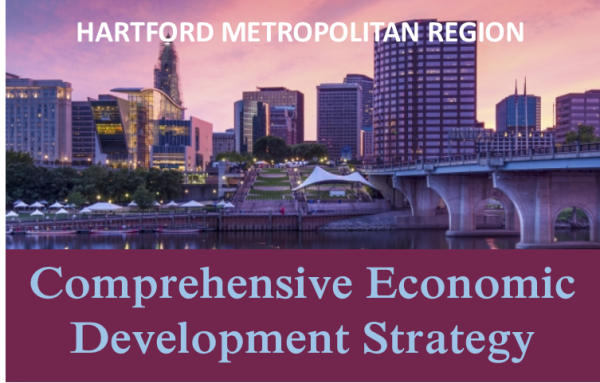
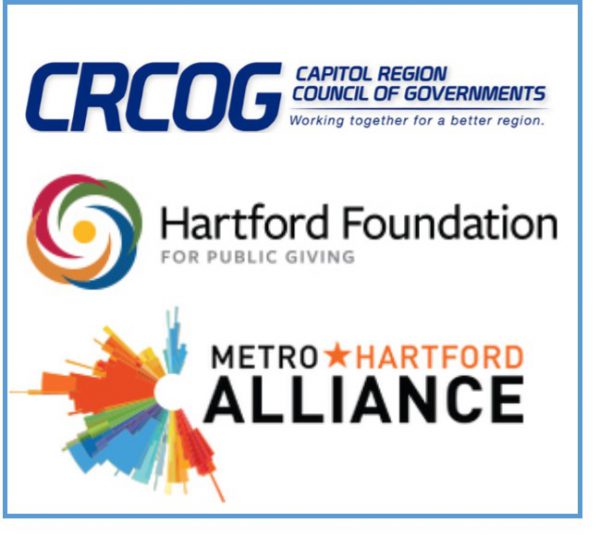
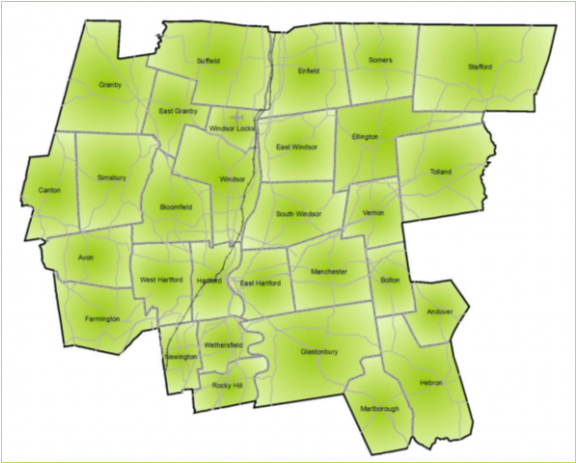 “There is only one way our region will achieve equitable and sustainable economic growth. We must eschew the past squabbles and divisions that have kept us mired in anemic progress,” said Jay Williams, president of the Hartford Foundation and co-chair of the CEDS Advisory Committee. “If we commit to a bold, collaborative, and pragmatic approach, we can develop a roadmap to capitalize on the enormous talent and multiple assets our region possesses. I’ve seen the success of this approach in other parts of the country and there is absolutely no reason it can’t occur here, unless we lack the collective will to make it happen.”
“There is only one way our region will achieve equitable and sustainable economic growth. We must eschew the past squabbles and divisions that have kept us mired in anemic progress,” said Jay Williams, president of the Hartford Foundation and co-chair of the CEDS Advisory Committee. “If we commit to a bold, collaborative, and pragmatic approach, we can develop a roadmap to capitalize on the enormous talent and multiple assets our region possesses. I’ve seen the success of this approach in other parts of the country and there is absolutely no reason it can’t occur here, unless we lack the collective will to make it happen.”


 The report defines Eastern Connecticut as the Community Foundation of Eastern Connecticut service area: 42 towns that include 453,000 people, 227,000 women. The population of the region is 80% white, 9% Latina, 4% Black and 4% Asian. Approximately 33,700 residents, or 7 percent, are foreign born. Looking ahead, the report noted that the population of women ages 65 and up is projected to grow significantly over the next decade; estimated to increase 44 percent by 2025.
The report defines Eastern Connecticut as the Community Foundation of Eastern Connecticut service area: 42 towns that include 453,000 people, 227,000 women. The population of the region is 80% white, 9% Latina, 4% Black and 4% Asian. Approximately 33,700 residents, or 7 percent, are foreign born. Looking ahead, the report noted that the population of women ages 65 and up is projected to grow significantly over the next decade; estimated to increase 44 percent by 2025.


 In New England, Wal-Mart is the largest employer in New Hampshire, with more than 8,000 employees.
In New England, Wal-Mart is the largest employer in New Hampshire, with more than 8,000 employees.

 The Hartford Marathon will mark its 25th running on October 13, 2018. The 2018 Travelers Championship, will be held June 18-24 at TPC River Highlands in Cromwell. The Connecticut Open, at the Connecticut Tennis Center at Yale, will be held August 17-25 in 2018.
The Hartford Marathon will mark its 25th running on October 13, 2018. The 2018 Travelers Championship, will be held June 18-24 at TPC River Highlands in Cromwell. The Connecticut Open, at the Connecticut Tennis Center at Yale, will be held August 17-25 in 2018.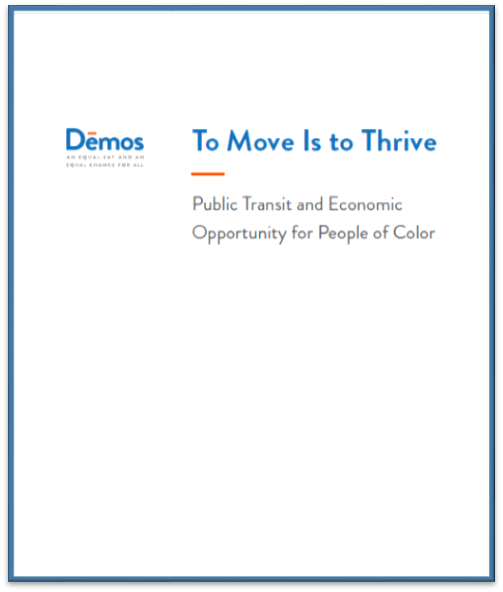
 The key findings on the jobs benefits from investment in public transit are:
The key findings on the jobs benefits from investment in public transit are: